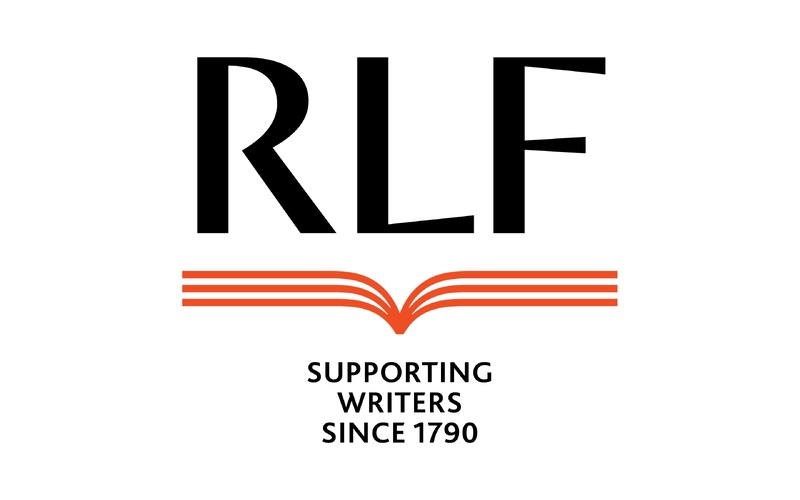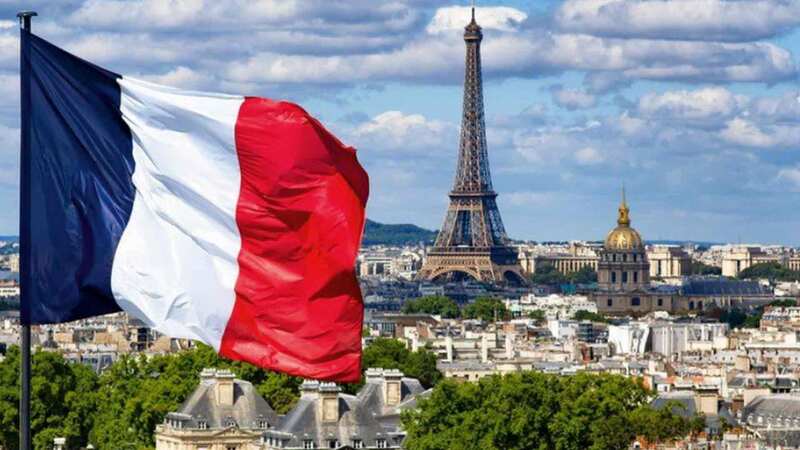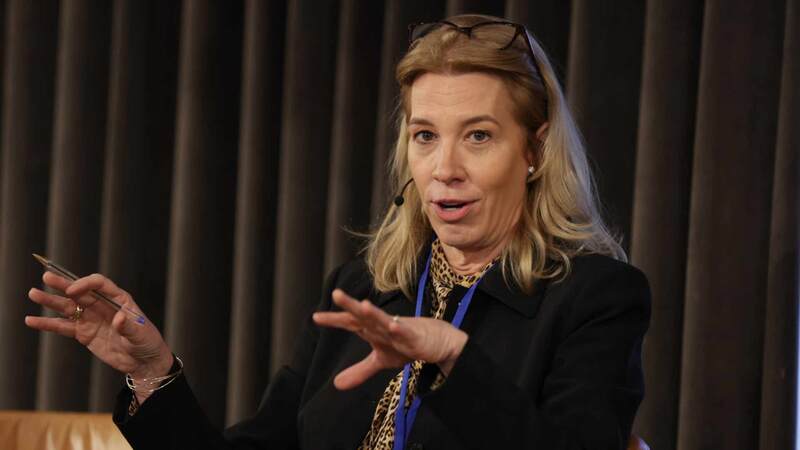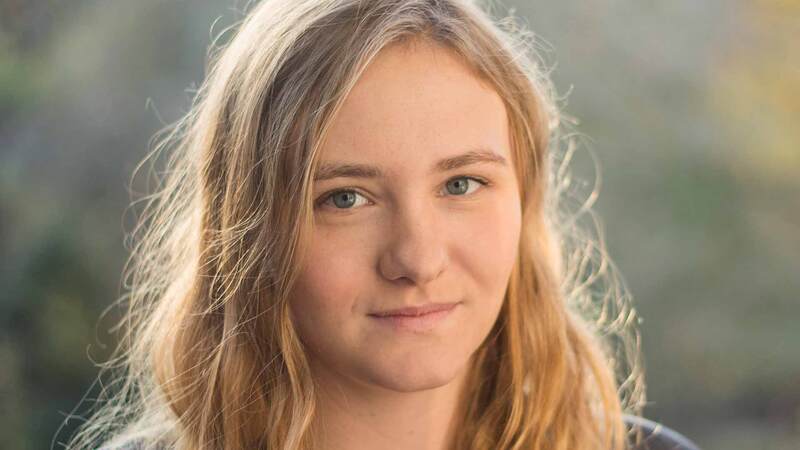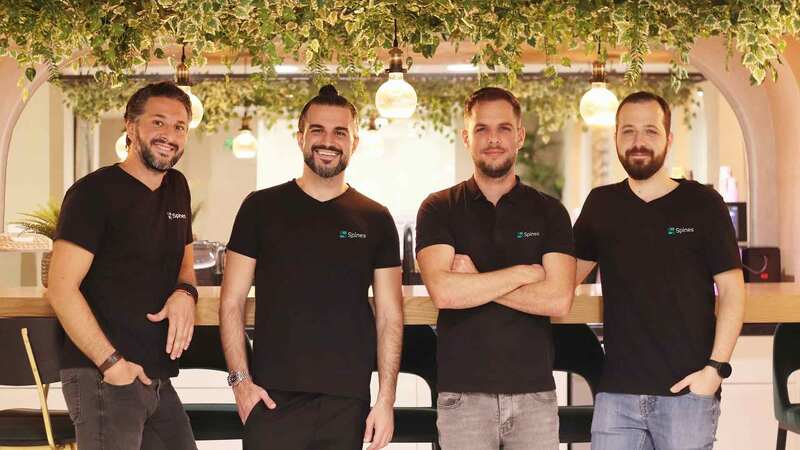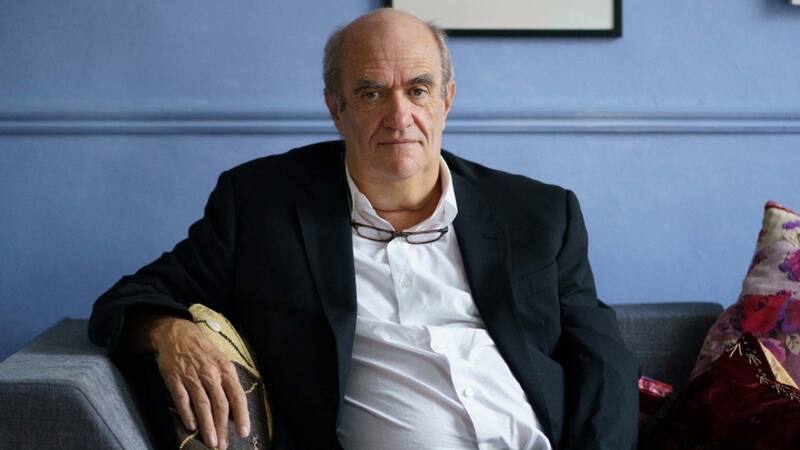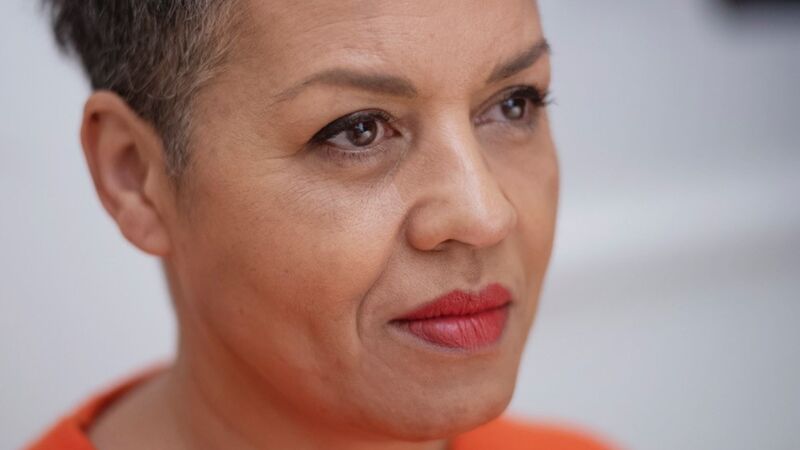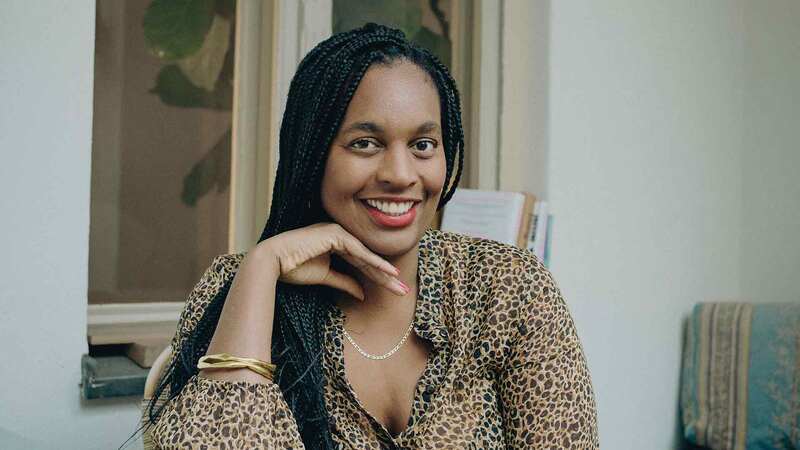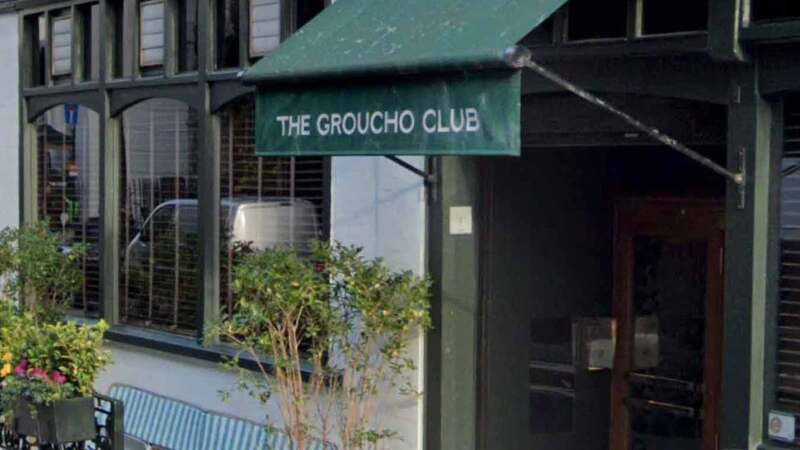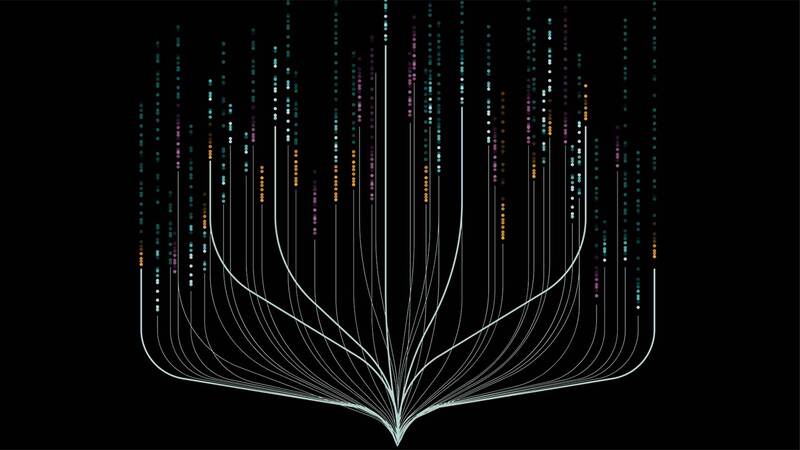You are viewing your 1 free article this month. Login to read more articles.
The Royal Literary Fund unveils new brand identity and website
The Royal Literary Fund has unveiled a new brand identity and website to “make it even easier to access support.”
The brand identity was developed with the design agency Hat-trick Design and its creative director, Gareth Howat, while the website was developed by the digital agency Situation UK and its non-profit sister agency, Town Hall.
Edward Kemp, chief executive, said: “In 1790, our founder, Revd David Williams, forged the Royal Literary Fund upon what was then a radical notion: writers are important because writers shape our culture.
“That belief continues to underpin everything we do, supporting writers as they navigate their careers against a backdrop of shifting trends in media consumption and the ever-evolving publishing landscape. With that in mind, and after a year of development and design, we’ve relaunched our website to make it even easier to access support.”
The new site features dedicated sections for the grants the RLF offers to those in financial need, as well as information about the fellowship scheme and other education programmes. Other new sections include the RLF’s Writing For Life programme that enables writers to share their skills in the community and workplace.
The website also features the RLF’s many writers, or RLF Fellows, with articles and podcast episodes available to access via Collected, which can be found in the News and Features section of the site, alongside highlights from WritersMosaic – the most recent division of the Royal Literary Fund, that showcases UK writers of the global majority, through authored talks, creative exchanges, interviews and features – and the latest updates from the programmes and people the organisation works with every day.
Richard Le Cocq, head of marketing and communications, said: “We are thrilled to finally share our new brand identity and website with the literary world. Our agencies, Hat-trick and Situation UK, have revitalised the RLF so it can sit confidently within today’s modern literary landscape.
“The aim was very simple: to create a distinct and contemporary look without departing too far from our historical legacy to ensure we engage with our diverse audience of writers, industry peers, educational partners and students.”






